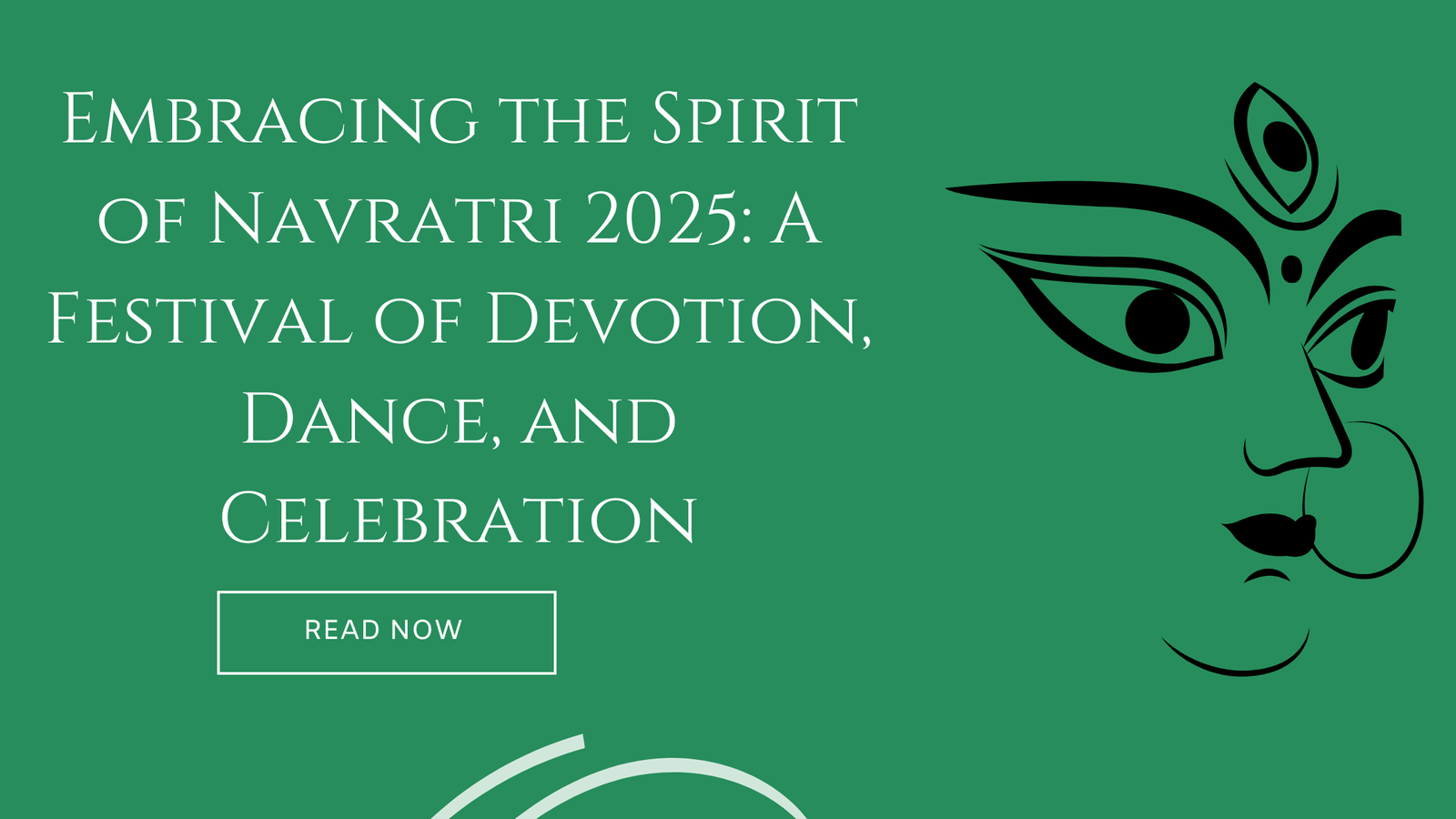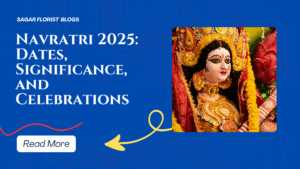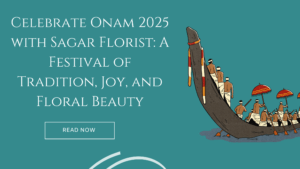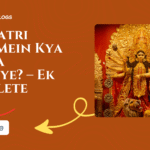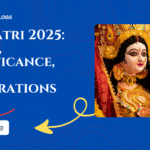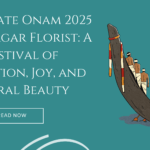Embracing the Spirit of Navratri 2025: A Festival of Devotion, Dance, and Celebration
Navratri, the nine-night festival, holds a special place in the hearts of millions across India and the world. In 2025, this joyous occasion promises to bring together traditions, cultural celebrations, and spiritual devotion like never before. Whether you’re celebrating with family, friends, or joining a local community event, Navratri offers an opportunity to renew your faith, celebrate life’s blessings, and connect with your roots.
What is Navratri?
Navratri is a Hindu festival that spans nine nights (and ten days), dedicated to worshipping the nine avatars of Goddess Durga. The word “Navratri” translates to “nine nights” in Sanskrit, and during this period, devotees honor Durga, the powerful divine feminine energy, through prayers, rituals, fasting, and community celebrations.
This festival typically falls in the month of September or October, based on the lunar calendar, and this year in 2025, it will begin on September 26th and end on October 4th. The final day of Navratri, Vijayadashami (or Dussehra), marks the victory of good over evil, symbolized by Lord Rama’s defeat of the demon king Ravana.
A Festival of Tradition and Devotion
Navratri is a time to immerse oneself in devotion, with daily prayers and rituals honoring Goddess Durga in her various forms—Shailaputri, Brahmacharini, Chandraghanta, Kushmanda, Skandamata, Katyayani, Kalaratri, Mahagauri, and Siddhidatri. Each day of the festival is dedicated to one of these avatars, and devotees offer specific prayers, mantras, and offerings to invoke blessings for health, wealth, prosperity, and spiritual growth.
For many, Navratri is also a period of fasting, where participants abstain from certain foods and drinks to purify the body and mind. This form of self-discipline is believed to be a means of connecting more deeply with the divine.
The Dance of Devotion: Garba and Dandiya
One of the most exciting and vibrant aspects of Navratri is the traditional dance forms of Garba and Dandiya Raas. These dances, often performed in large circles, are a way for devotees to express their joy and celebrate the divine presence of the goddess.
Garba is a lively and rhythmic dance where participants move in a circular pattern, clapping their hands and twirling in sync to the beat of the music. Dandiya Raas involves dancers pairing up and rhythmically striking colorful sticks (dandiya) together in time with the music.
Both dances are performed during the evening, typically in large community gatherings, where everyone—from young children to elders—joins in the festive mood. These dances are not just a form of entertainment but are deeply rooted in spiritual symbolism. The circular movements of Garba symbolize the cycle of life, and the rhythmic clapping is a representation of the divine energy.
Significance of Fasting During Navratri
Fasting during Navratri is a significant tradition for many devotees. While some observe a full fast, others follow a modified version where they avoid grains, meat, and alcohol. The fast is seen as a way to cleanse the body, detoxify the mind, and show devotion to Goddess Durga.
Fasting during this time also serves as an opportunity to practice self-control and mindfulness. The idea is not just about abstaining from food but using the time to reflect, meditate, and deepen one’s spiritual connection.
Navratri Food: A Feast of Flavors
While fasting might mean abstaining from certain foods, the feast that follows is something to look forward to. Special foods are prepared during Navratri, which are not only delicious but also meet the dietary restrictions of the fast.
Common ingredients include potatoes, sweet potatoes, buckwheat flour (kuttu), water chestnut flour (singhara), and sabudana (tapioca pearls). These ingredients form the base for many Navratri delicacies like:
- Sabudana Khichdi
- Kuttu ka Paratha
- Singhara Halwa
- Fruit Chaat
- Aloo ki Tikki
These dishes are light on the stomach yet filling, providing the necessary energy for the long days of fasting and prayers. Sweet treats like Makhana Kheer (fox nut pudding) and Rajgira Laddus (amaranth flour sweets) are also common.
Navratri 2025: New Beginnings and Modern Celebrations
In 2025, as with every year, Navratri will be celebrated across India and by millions of people worldwide. While traditional customs remain at the core of the festival, modern-day celebrations have evolved to include a mix of cultural, social, and technological innovations.
Many urban centers host large-scale Garba events with live performances, themed decorations, and digital elements, like live streaming, making the festival accessible to people around the world. Social media platforms like Instagram and TikTok are filled with vibrant dance videos, showcasing the joy and excitement of Navratri celebrations.
For those who may not be able to attend a physical event, virtual Garba sessions and online prayer services allow them to connect with loved ones and participate in the festivities from the comfort of their homes.
The Spiritual Aspect of Navratri
While the energetic dance and delicious food are the highlights for many, Navratri is, at its core, a spiritual journey. This is a time to reconnect with one’s inner self, reflect on personal growth, and purify the mind and soul. The nine days serve as a reminder of the divine feminine energy within all of us, encouraging balance, strength, and wisdom in our lives.
As the festival culminates on Vijayadashami, devotees celebrate the triumph of good over evil, symbolized by the victory of Lord Rama and the burning of Ravana’s effigies. This day reminds us of the power of righteousness, truth, and the importance of overcoming life’s challenges with courage and determination.
Conclusion
Navratri 2025 is a time of celebration, reflection, and devotion. Whether you’re dancing the night away at a Garba event or praying for blessings from Goddess Durga, this festival brings people together in the spirit of joy and unity. It’s a time to embrace new beginnings, to connect with the divine, and to renew your faith in the triumph of good over evil.
May this Navratri bring happiness, health, and prosperity into your life. Jai Mata Di! 🙏
Don’t forget to share your Navratri experiences and celebrations in the comments below! How do you plan to celebrate this year?
